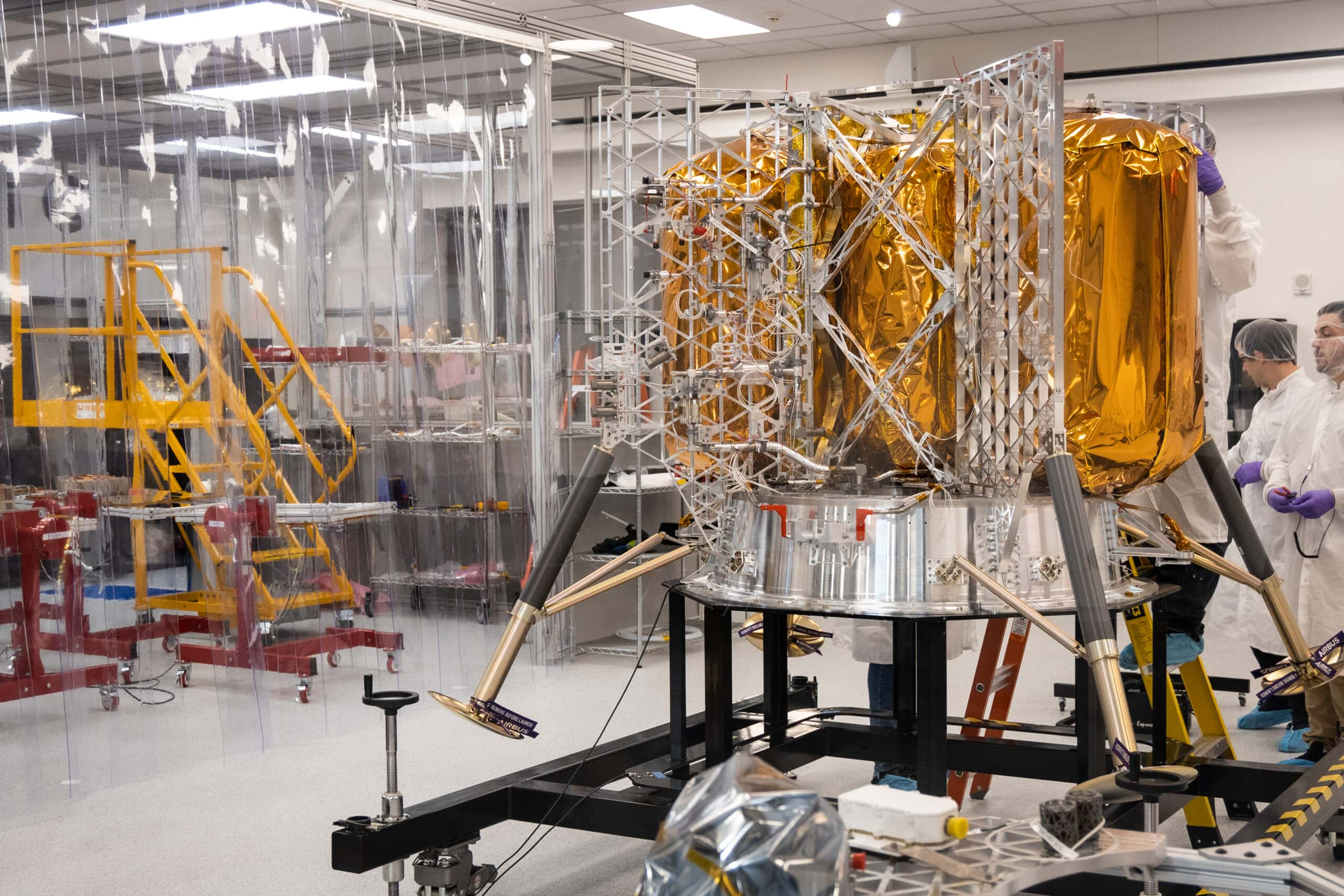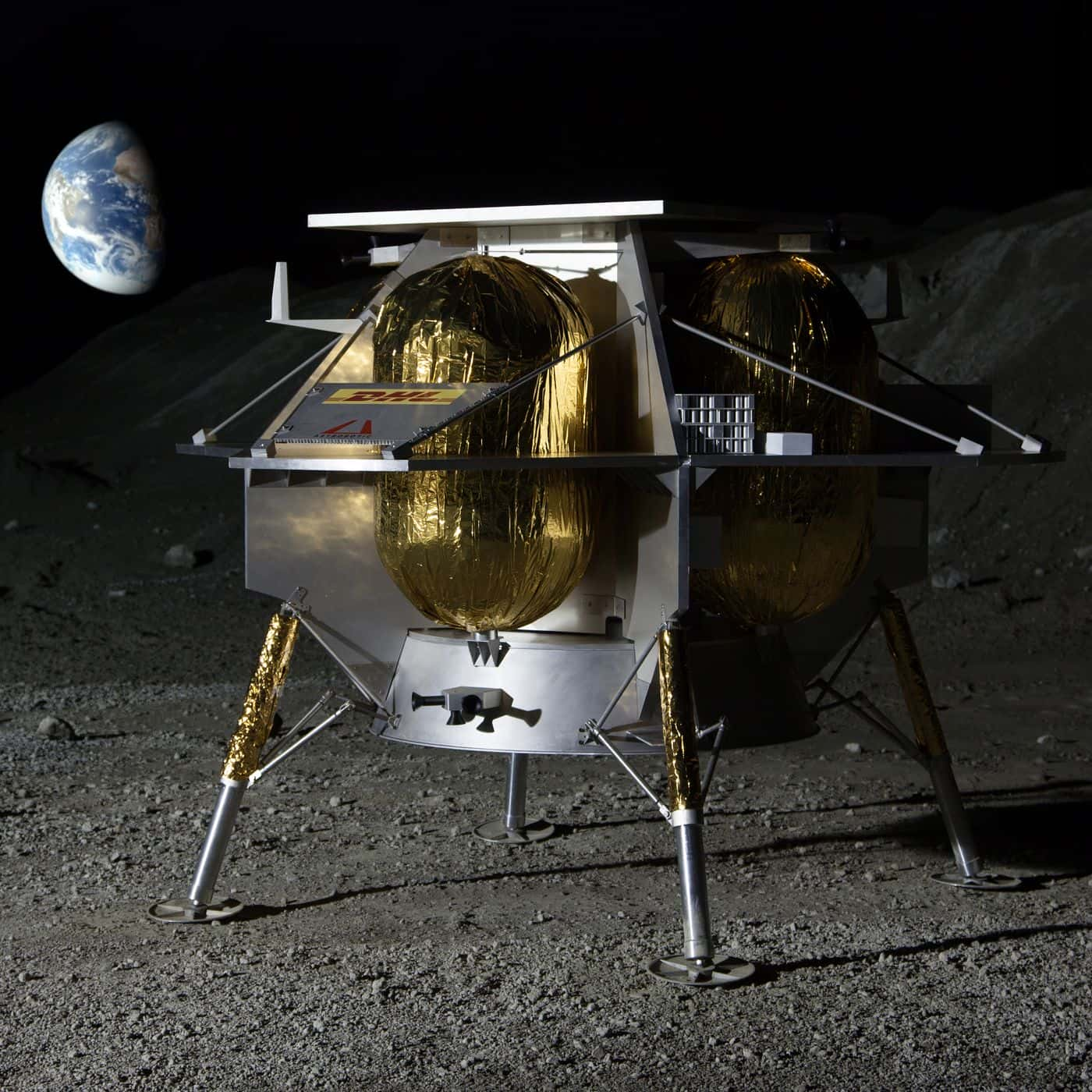Named after the speedy peregrine bird, this robotic marvel aims to navigate space and descend onto the Bay of Stickiness, an area on the moon rich with ancient lava flows.

The upcoming Christmas Eve will witness the launch of the Peregrine Lunar Lander, a spacecraft destined for the moon
This mission, a pioneer in NASA’s Commercial Lunar Payload Services initiative, spearheads a new era of lunar exploration. Astrobiotic’s Peregrine Lunar Lander, accompanied by NASA-sponsored payloads, is set to embark on the United Launch Alliance’s Vulcan Centaur rocket for its maiden voyage.
During a recent briefing involving Astrobiotic, United Launch Alliance, and NASA, the spotlight shone on the Peregrine payloads. Among them, the Peregrine Lunar Lander ion trap mass spectrometer (PITMS) holds significance. PITMS will delve into the moon’s exosphere using mass spectrometry techniques to analyze ion mass-to-charge ratios.
Accompanying PITMS are instruments like the neutron spectrometer system (NSS), lunar retroreflector array (LRA), near-infrared volatiles spectrometer system (NIRVSS), and linear energy transfer spectrometer (LETS). These devices aim to explore lunar compositions, radiation levels, and volcanic features.
The Peregrine Lunar Lander carries 15 additional payloads, including heartfelt mementos and scientific instruments from various nations
This collaborative effort marks a leap forward in lunar exploration and scientific study. The Peregrine Lunar Lander’s journey involves intricate maneuvers, from translunar injection to lunar orbit alignment, culminating in a precise landing at the chosen site. Expected to land on January 25, 2024, the Peregrine Lunar Lander will operate for about ten days before the lunar night plunges temperatures drastically.
As Chris Culbert of NASA’s Johnson Space Center highlighted, this mission represents a significant milestone, emphasizing the technical challenges of lunar landings and the collaborative efforts driving this groundbreaking expedition.




